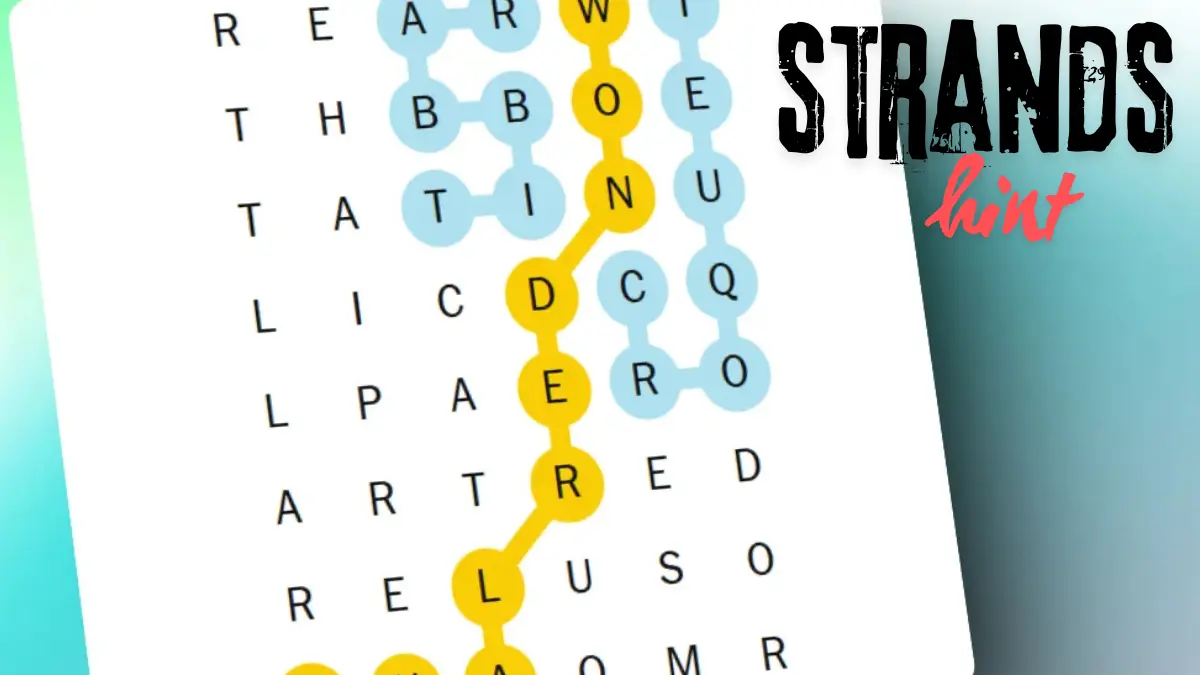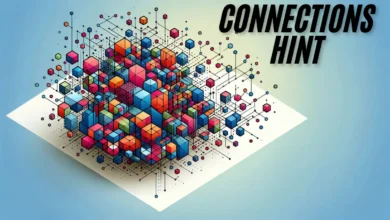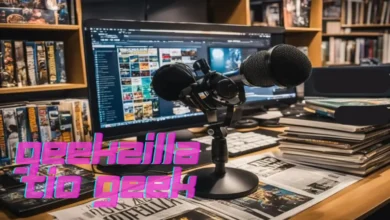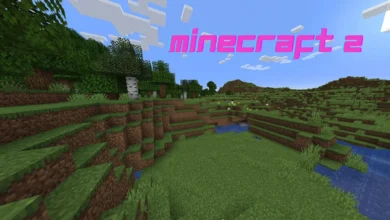The term “strands hint” might not be immediately familiar to many, but it encompasses a rich and nuanced concept that can be applied across various fields such as literature, design, technology, and personal development. A strand can be thought of as an element of a larger whole, and when combined with the term “hint,” it suggests an indication, a subtle clue, or a piece of information that provides direction toward a bigger understanding or discovery. In this article, we will delve into the meaning of “strands hint” and explore how it can be understood in different contexts.
The Origin of the Term and Its Symbolic Meaning
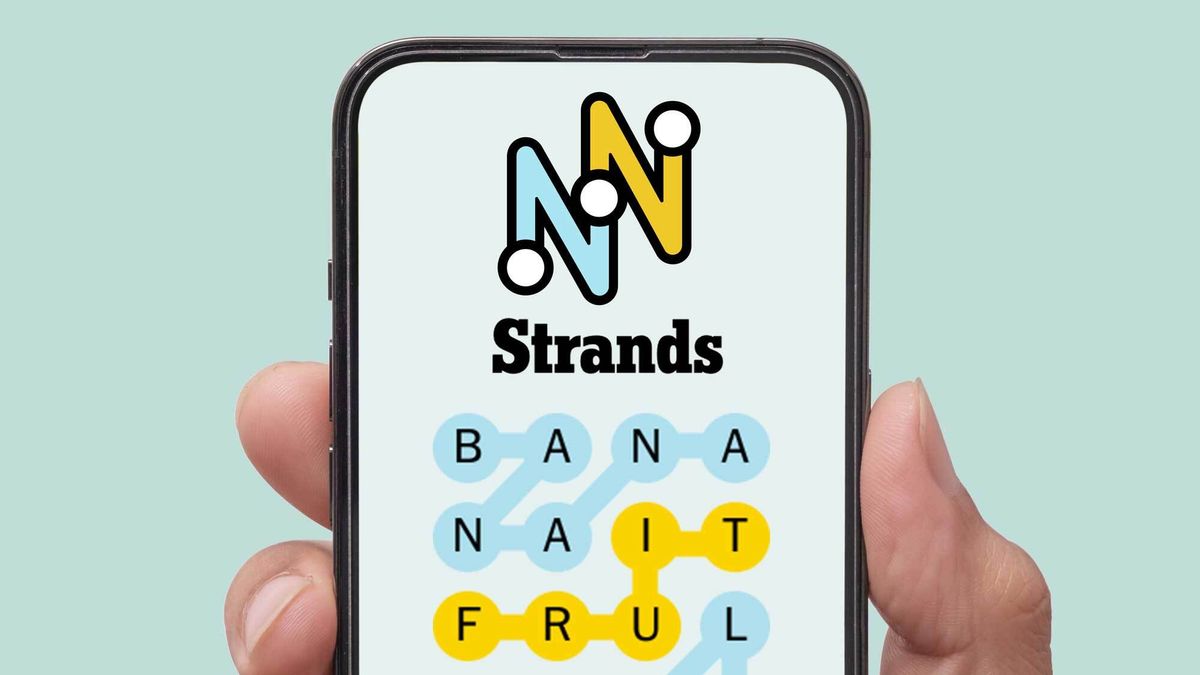
To understand the full depth of the concept of a strand’s hint, it’s important to first break down its individual parts. A “strand” typically refers to a thin, elongated piece of something, often related to threads, wires, or fibers. It suggests something small yet connected to a broader entity. A “hint,” on the other hand, signifies a subtle suggestion or clue, offering a glimpse of information that is often incomplete, prompting further investigation. When combined, “strands hint” implies a fragmented or partial clue that points toward a larger, more complete idea, concept, or solution.
In its symbolic usage, this term reflects the idea of discovering meaning or purpose through small, individual pieces that, when woven together, form a coherent and meaningful whole. Whether applied to narratives, creative processes, or even problem-solving, strands hint toward the potential for finding answers, understanding complexities, or uncovering hidden truths.
Strands Hint in Literature and Storytelling
One of the most significant applications of the term “strands hint” is in literature and storytelling. Writers often use hints to create intrigue, encourage deeper engagement, and guide readers toward the unraveling of the narrative. A strand’s hint in a story may appear in the form of an incomplete description, a seemingly insignificant detail, or an ambiguous dialogue. These small elements might seem trivial at first but later prove crucial in solving the central conflict or in revealing a key theme of the work.
In many genres of literature, particularly mystery, thriller, and fantasy, the careful use of strands hint is crucial in creating suspense. Authors drop small, elusive details that, upon reflection, provide a hint toward a larger revelation. These fragments may seem unrelated or unimportant when first encountered, but they ultimately connect to form a bigger picture. The art of weaving these hints into a story is what makes the process of discovery so rewarding for readers. The slow unraveling of hidden meanings keeps them engaged and invested in the outcome.
Strands Hint in Design and Art
In the world of design and art, the concept of a strand’s hint can also be used to describe the method by which subtle details contribute to a greater visual or thematic experience. Designers and artists often work with fragments—whether it be shapes, colors, textures, or even spaces—that individually provide a small hint to the viewer. These strands might not make sense when observed in isolation but come together to form a more cohesive artistic statement when viewed as part of a larger composition.
For instance, in abstract art, individual brushstrokes or shapes may seem disconnected from one another. However, the strands of color, form, and texture provide a hint of the overall emotion or message the artist is trying to convey. This process invites the viewer to engage deeply with the work, piecing together the strands to understand the artist’s intent. In design, the concept might apply to the use of subtle visual cues, which guide a user’s understanding of how to interact with an interface, subtly hinting at functionality without explicitly showing it.
Strands Hint in Technology and Innovation
In the realm of technology and innovation, a “strands hint” can be a guiding principle in the research and development process. New technologies often emerge through the accumulation of incremental discoveries and insights. Each small breakthrough might be akin to a strand’s hint, providing researchers and engineers with clues that, when combined, lead to a revolutionary development.
Take, for example, the process of invention. Often, inventors or innovators are guided by fragments of knowledge, overlooked details, or even failures, which, when observed from a broader perspective, reveal an innovative solution. The strand’s hint here operates as a reminder that not every discovery is immediate or obvious. Rather, it is the subtle clues and moments of insight that guide inventors toward their final product.
In software development, strands hint can be seen in the early iterations of a program or the code that drives it. Developers may start with a vague idea of what they want to achieve, often creating rough drafts or prototypes. Over time, these prototypes and iterations come together to form a coherent, functional application. The process involves following the small clues within the technology—each bug, error, or unexpected feature provides a hint that leads to refinement and improvement.
Strands Hint in Personal Development and Psychology
In personal development, the idea of a strand’s hint is particularly powerful. Growth and self-improvement are rarely the result of a single, transformative event. Instead, they often come from the accumulation of small insights, moments of clarity, and gradual changes in perspective. These moments can be thought of as strands—each one offering a hint of something larger, whether it be a shift in mindset, the realization of a hidden talent, or the identification of an unrecognized strength.
In psychology, individuals often experience moments of self-discovery where a small insight or realization sheds light on a deeper pattern of behavior or thought. These hints help individuals understand themselves better, often leading to significant changes in their life direction or emotional well-being. The process of therapy, for instance, often involves the uncovering of these subtle hints, which gradually bring the individual closer to greater self-awareness and understanding.
Strands Hint in Problem-Solving and Decision Making
In the context of problem-solving and decision-making, strands hint can refer to the small pieces of information or observations that, when considered together, provide a clearer solution. In complex problems, it is often the combination of seemingly unrelated facts, pieces of advice, or different perspectives that lead to an insightful breakthrough. These hints, like strands, may not seem useful individually but play a crucial role when pieced together.
For example, a manager solving a business problem might receive several pieces of feedback from different employees. Each piece of feedback is a small hint or clue, and while it might not offer an immediate solution, when analyzed collectively, these hints reveal patterns, potential solutions, or new approaches. This kind of problem-solving often requires the ability to see beyond the surface and connect disparate pieces of information.
Strands Hint in Social Interactions
Social interactions are also deeply influenced by the idea of a strand’s hint. In conversations, people often drop hints—small, subtle cues that convey emotions, intentions, or thoughts without explicitly stating them. These hints might be delivered through body language, tone of voice, or brief comments. In relationships, the ability to pick up on these hints and respond appropriately can strengthen bonds and foster understanding.
For example, a friend might hint at feeling down without directly saying so. They might make a passing comment, or their body language may suggest they are troubled. The recipient of these hints, if perceptive enough, can respond with empathy or offer support, furthering the connection. Strands hint in social settings, then, become a way of communicating beyond words, often carrying more emotional weight than direct statements.
Conclusion
The concept of strands hint is a versatile and powerful idea that spans multiple fields, from literature and design to technology and personal development. It highlights the importance of small, often overlooked clues or elements that, when viewed together, offer deeper meaning, solutions, or insights. Whether in the unfolding of a story, the crafting of an artwork, the development of new technology, or the process of personal growth, these hints help individuals uncover hidden truths and navigate complex situations. Understanding the role of strands hint in various contexts can encourage a more holistic approach to problem-solving, creativity, and self-awareness, fostering both personal and professional growth.
